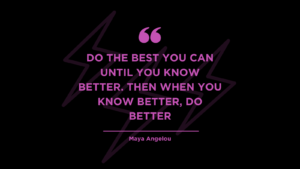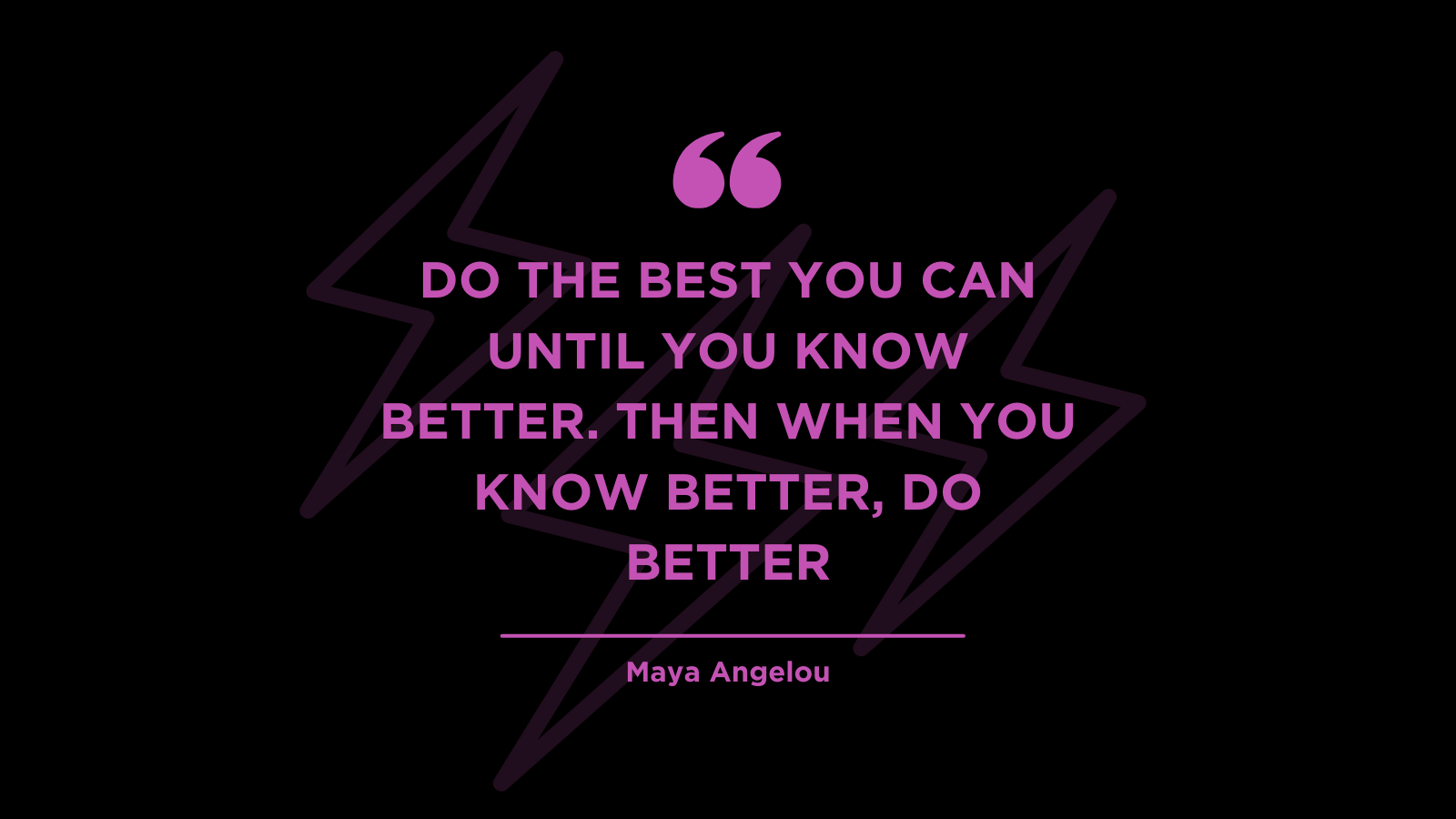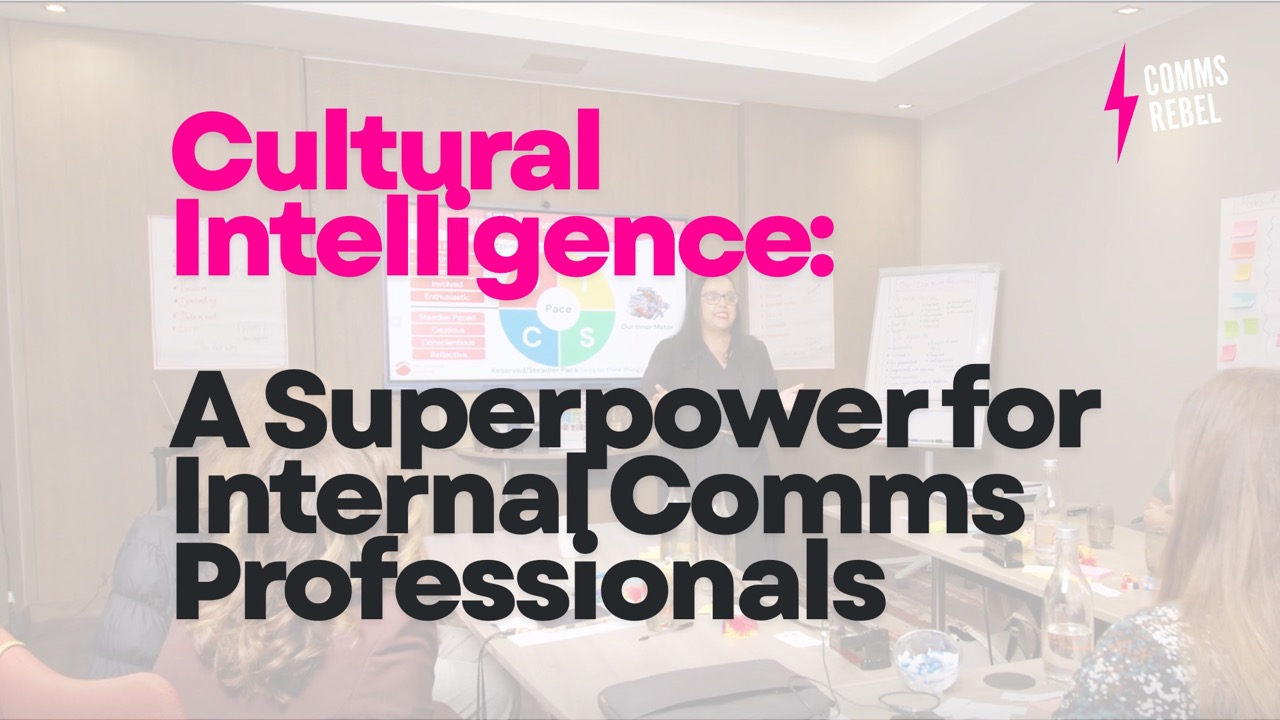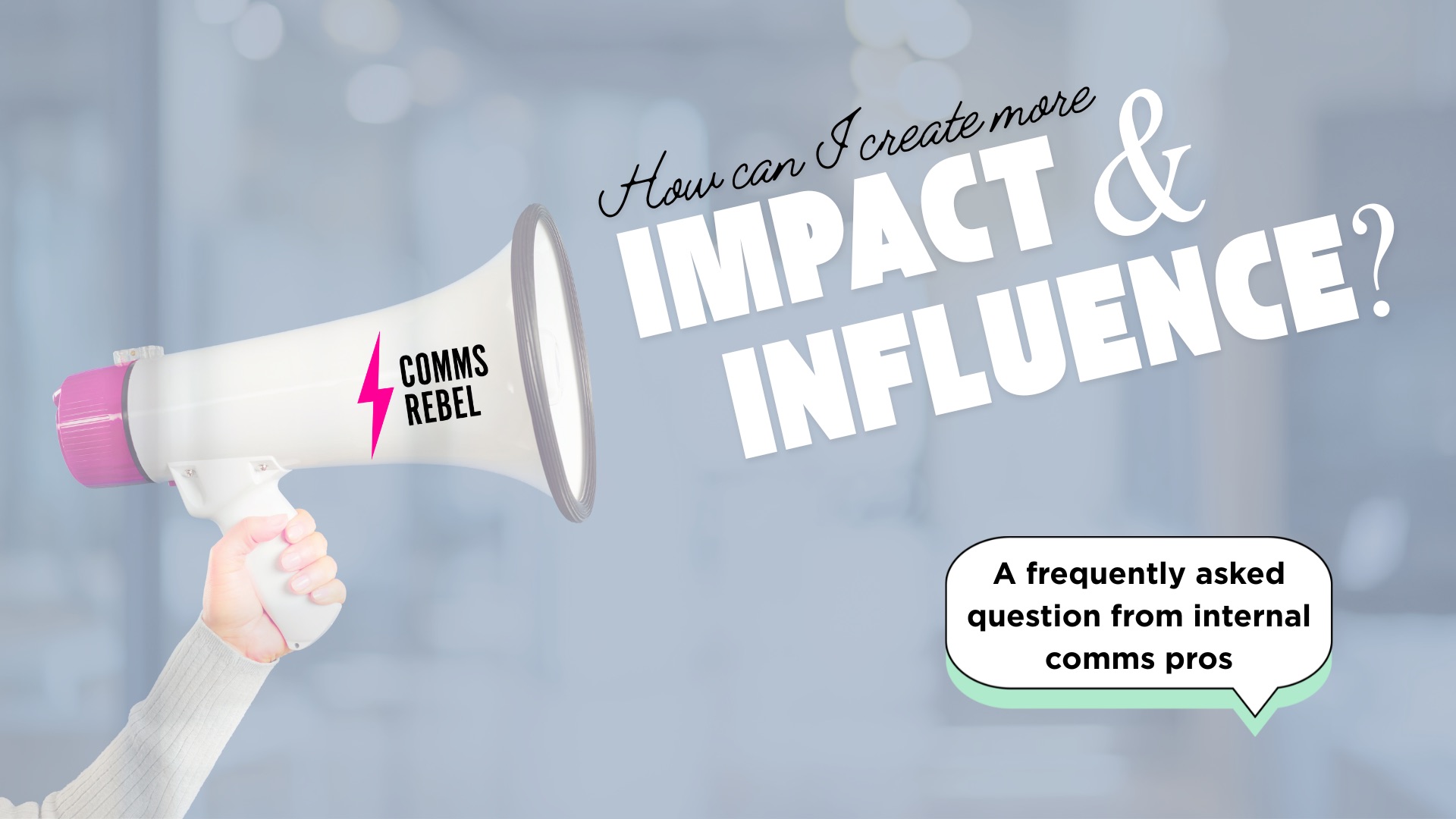With International Women’s Day (IWD) approaching next week, there’s no doubt there will be a flurry of activity from organisations.
Here are five pitfalls to avoid, as a communications professional, if you recognise the day in your organisation:
1) Please avoid turning your channels ‘pink’ – it can come across as tokenistic, especially if there’s no context.
2) If you’re using #EmbraceEquity, be aware that this isn’t the ‘official’ theme for IWD. It’s been created by a marketing and advertising consultancy to help make IWD more ‘business-friendly.’ They own the domain internationalwomenday, so many don’t question the theme as they have several high-profile organisations involved. Even though no one owns IWD, there’s a danger that some corporates may divert attention and resources from more meaningful and impactful efforts to promote gender equity.
The official theme is DigitALL: Innovation and technology for gender equality, led by the UN. It’s more complex but bold and inclusive.
On a side note – if you’re going to ask people to hug themselves or others for a photo opportunity to demonstrate how a hug can solve equity issues, then proceed with caution.
3) Before you do any campaigns for the day, what’s improved from last year? Has the organisation closed the gender pay gap? Have they promoted more women to senior roles? Have they improved their policies? Have people stopped asking women to take notes or organise parties because they “are good at it!” Because if nothing has changed, what’s the purpose of you recognising IWD? Performative action is more harmful than doing nothing at all. Don’t fear asking these questions. Remember the gender bot on Twitter from last year? Awks.
4) Women are not a homogeneous group, so you must consider all intersectionalities in your campaigns and stories. Too often, our biases will not recognise that we only share stories of women we relate with. Also, don’t pressure women to participate if they don’t want to.
5) This work should be discussed throughout the year, not only on 8 March. So what are the plans for communicating gender equity and improving for the rest of the year? Internally and externally.



